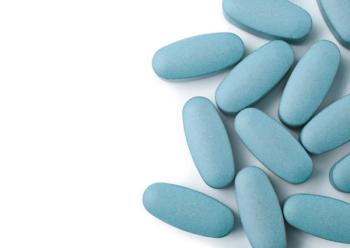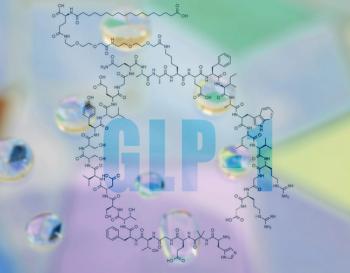
|Slideshows|May 15, 2019
8 New Findings in Bipolar Research
Author(s)Leo Robert
New genes linked with bipolar disorder, predominant polarity guides diagnosis and treatment, affective temperaments explain life events, and other developments here.
Advertisement
Newsletter
Receive trusted psychiatric news, expert analysis, and clinical insights — subscribe today to support your practice and your patients.
Advertisement
Latest CME
Advertisement
Advertisement
Trending on Psychiatric Times
1
From Approval to Practice: How Has Cobenfy’s New Mechanism of Action Impacted Psychiatry?
2
Fast Track Designation Granted: ML-007C-MA for Alzheimer Disease Psychosis
3
Presenting Our January 2026 Theme: Consultation Liaison Psychiatry
4
Human Kindness Is a Key Advantage in Our Competition With Chatbot Therapists
5

















